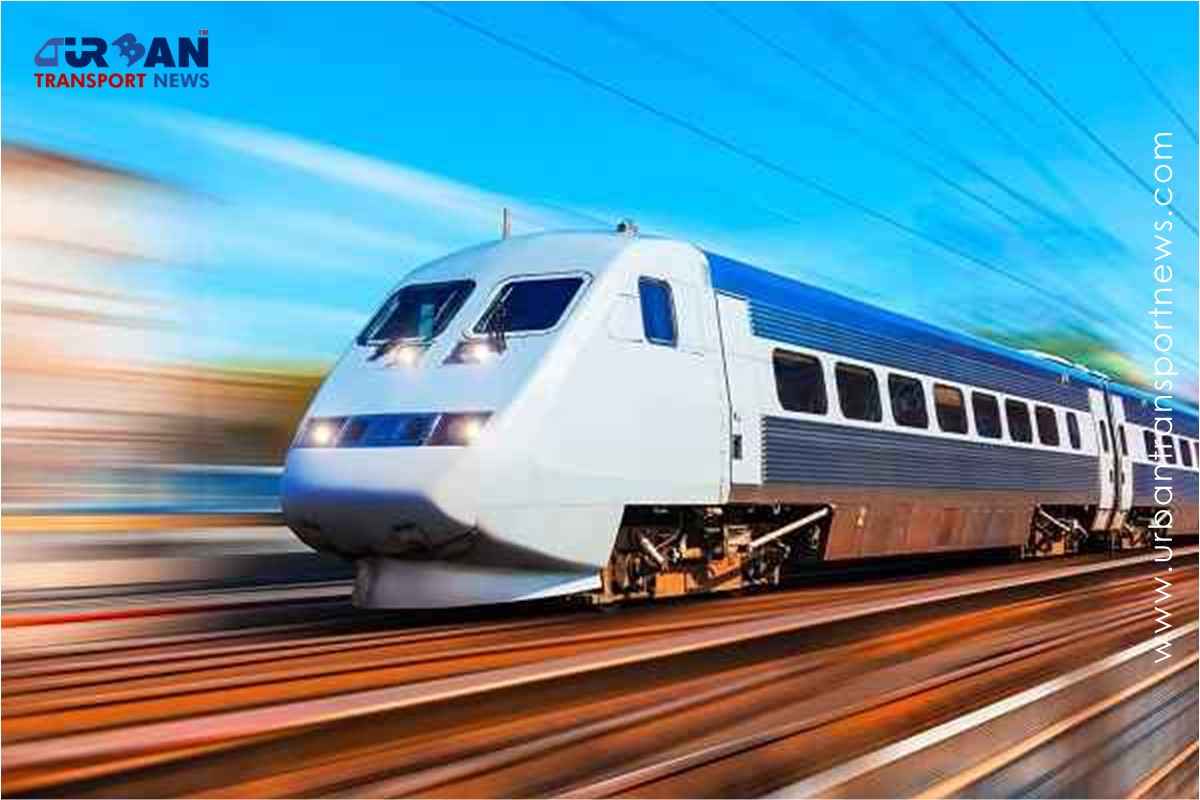 Qatar approves Saudi Rail Link Agreement, Accelerating Gulf Railway Vision 2030
Qatar approves Saudi Rail Link Agreement, Accelerating Gulf Railway Vision 2030 UP Govt plans to introduce Water Metro services in Ayodhya, Varanasi & Prayagraj
UP Govt plans to introduce Water Metro services in Ayodhya, Varanasi & Prayagraj India’s First Urban Ropeway begins Trial Run in Varanasi, Set to carry 1 Lakh passengers daily
India’s First Urban Ropeway begins Trial Run in Varanasi, Set to carry 1 Lakh passengers daily India and Bhutan to Build First-Ever Rail Link: ₹4,033 Cr Project to Boost Regional Connectivity
India and Bhutan to Build First-Ever Rail Link: ₹4,033 Cr Project to Boost Regional Connectivity Patna to launch Eco-Friendly Water Metro; Trial Run soon between Digha and Kangan Ghats
Patna to launch Eco-Friendly Water Metro; Trial Run soon between Digha and Kangan Ghats Air India Group set to launch Flights Operations from Navi Mumbai International Airport
Air India Group set to launch Flights Operations from Navi Mumbai International Airport Chennai to launch 25-Year Mobility Plan with Unified QR Ticketing and One-App Transit System
Chennai to launch 25-Year Mobility Plan with Unified QR Ticketing and One-App Transit System Kochi Metro bags ₹4.4 crore contract to prepare DPR for Mumbai Water Metro Proejct
Kochi Metro bags ₹4.4 crore contract to prepare DPR for Mumbai Water Metro Proejct Navi Mumbai International Airport set for September launch; IndiGo and Akasa Air to lead Operations
Navi Mumbai International Airport set for September launch; IndiGo and Akasa Air to lead Operations Noida International Airport to be Inaugurated on October 30, Commercial Flights in 45 Days
Noida International Airport to be Inaugurated on October 30, Commercial Flights in 45 Days
Indian Railways plans elevated high speed tracks for faster Inter-city trains
 (Image © Urban Transport News)
(Image © Urban Transport News)
New Delhi, India (Urban Transport News): The national transporter Indian Railways is readying a plan to build elevated high-speed tracks for running passenger trains on popular routes such as Delhi-Jaipur, Mumbai-Pune, Bangalore-Chennai and Delhi-Amritsar via Chandigarh. This will require investment of around Rs 150-160 crore per kilometre through direct budget support.
The railway has directed heads of different zones to carry out studies for laying such tracks which can be used for inter-city fast train services. Most of the routes identified are in the range of 200 - 300 km and there is high demand for premium train services.
In February, Union Railway Minister Ashwini Vaishnaw had flagged construction of elevated railway tracks as an option for running faster passenger trains. "It's a big policy question, how fast can we run our trains on the surface. In many countries you have elevated networks, including in Japan, Korea, several countries in Europe, Taiwan, and China came in a big way. In China, the passenger network was elevated and the ground network was used for cargo, which can do very well at 60 kmph," he had said.
According to senior officials, building of elevated tracks along the existing ones would cost less as the railways would barely need to acquire more land; so these projects can be implemented quickly. They added that the per-km construction cost would be much less compared to the construction of elevated Metro Rail network and Rapid Rail Transit system. While the average cost of per km Metro Rail network is Rs 222 crore, in the case of RRTS, it's around Rs 370 crore. However, It will be almost 10 times the cost of laying a single track on the surface, which is the practice in railways.
The ramp up of production of Vande Bharat trains and also the government's aim to increase maximum speed to 220 kmph in future would meet the requirement of rolling stock to operate trains on such elevated tracks.




